
If a fire starts, it can destroy a business premises entirely and seriously endanger you, your staff, and your customers. If you own a business, fire safety should be a top priority. You must know how to recognise common fire hazards to protect your business and people. Keep reading to learn the most commonly found 10 types of fire hazard in the workplace.
Why Fire Safety Should Be Your Top Priority
Every business owner should be concerned about the risk of fire. There is an estimated average of 25,000 fires every year in non-domestic properties, according to UK government figures. Concerningly, leading UK fire authorities state that most small to medium enterprises never recover after a fire.
Business owners also have a legal duty to take measures to protect their staff and their property from fire. The Regulatory Reform Fire Safety Order 2005 (RRO) stipulates that all business owners must take steps to control or eliminate fire hazards.
Breaching the RRO can have severe consequences. BUPA Care Services (ANS) Ltd was recently made to pay a fine of £937,500 and £104,000 in court costs after an investigation from the Health and Safety Executive (HSE) resulted in the company being convicted for breaching the RRO.
The damage caused by a fire extends to more than just financial matters. In 2022, there were 276 fire-related fatalities in the UK, an increase from 249 in 2021.
As a business owner, you need to make fire safety your number one priority. Doing so could save your business and potentially save someone’s life.
The 10 Most Common Fire Hazards in the Workplace
It’s impossible to take preventative measures against fire if you’re not aware of the fire hazards in your business. While every workplace is different, common types of fire hazard are found in all kinds of companies:
1. Faulty Electrical Equipment
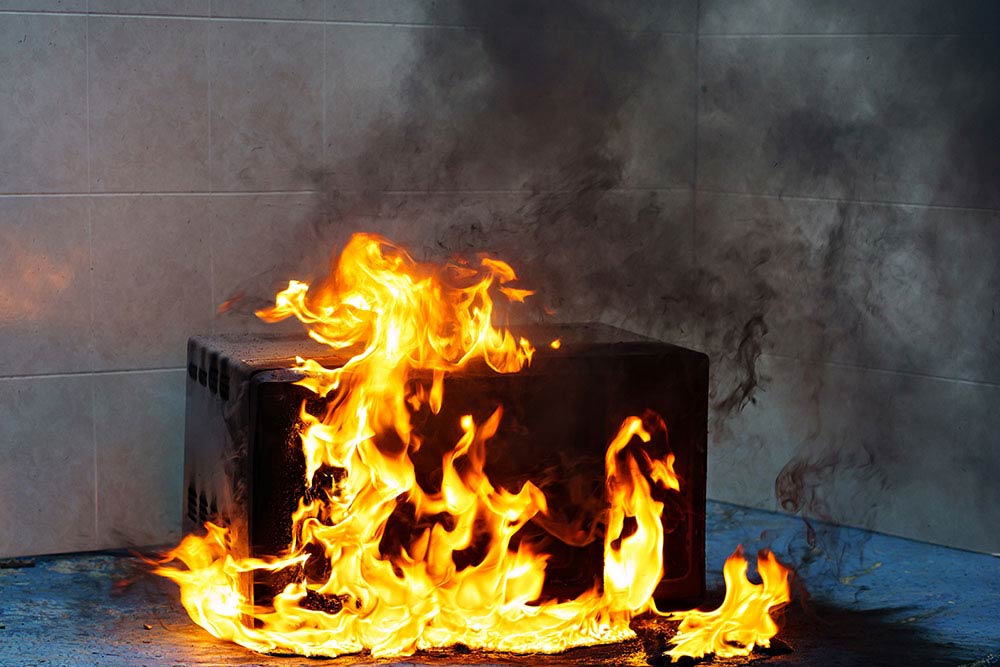
Most workplace fires are caused by faulty electrical equipment. This could be anything from a damaged hand drill to an office kettle with a frayed lead to an overloaded power socket. One spark from a faulty electrical appliance or equipment can start a fire.
2. Flammable and Combustible Materials
Flammable and combustible materials are found in almost every workplace imaginable. Improper storage, using highly flammable materials, or allowing combustible materials to build up are significant fire hazards. Never let large amounts of newspapers, cardboard or packing materials build up.
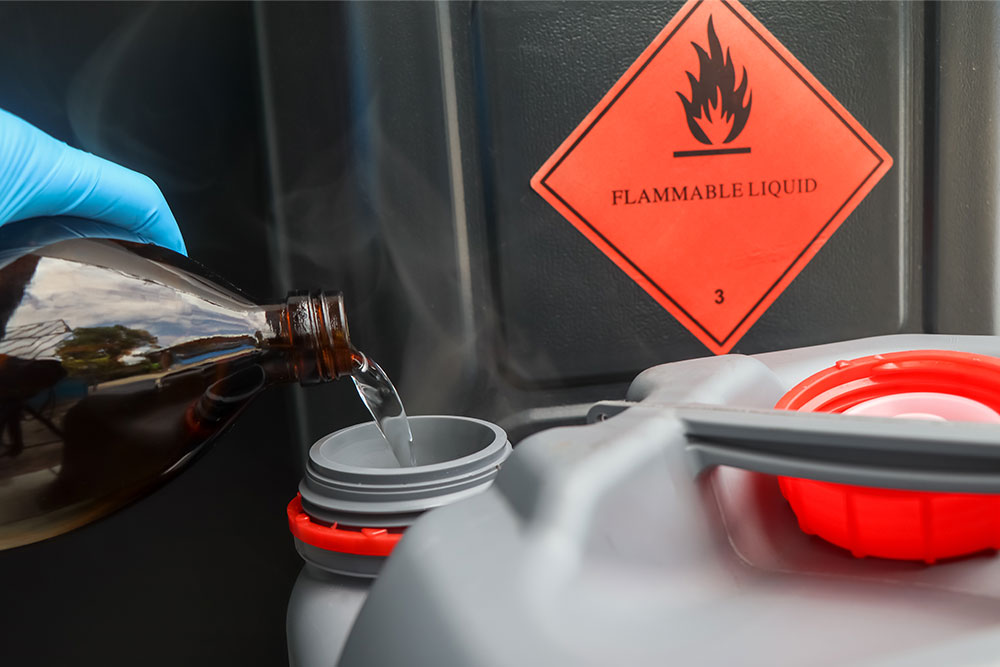
This can fuel a fire and turn a small blaze into an inferno. Flammable materials like diesel fuel, paint thinners, and propane must be stored in ventilated areas at the correct temperatures. The vapour from these liquids can ignite if stored at too high temperatures or if it remains in the air after use and comes into contact with a spark.
3. Hot Work Activities
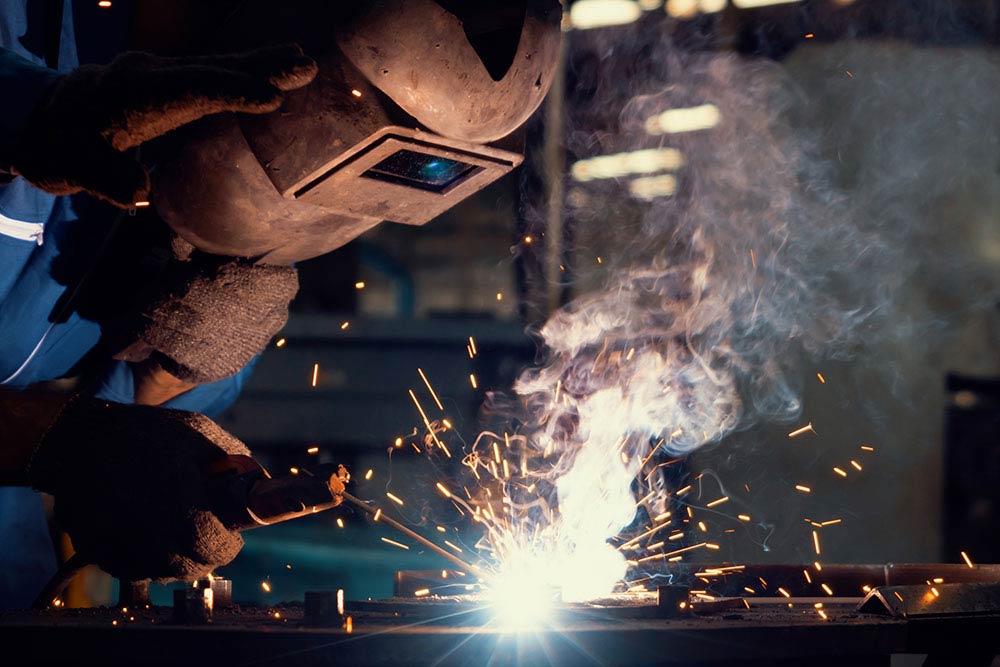
Activities such as welding, soldering or grinding can generate substantial amounts of heat and sparks. Hot work activities can easily result in a fire breaking out without the correct safety precautions or work procedures.
4. Smoking
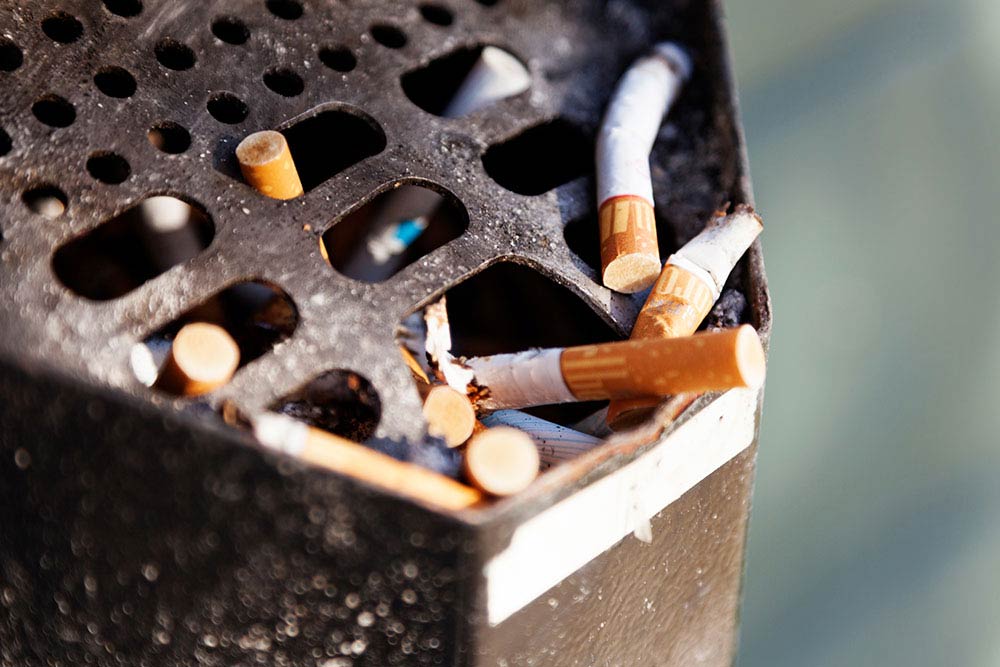
Although smoking rates in the UK are decreasing, many people still smoke. A carelessly discarded cigarette butt can ignite flammable or combustible material.
5. Dust and Debris

Dust and debris are typical by-products of work activities such as cutting or shaping wood, plastic or metal. Without adequate ventilation or housekeeping procedures, build-ups of dust and debris can cause explosions.
6. Misuse of Equipment
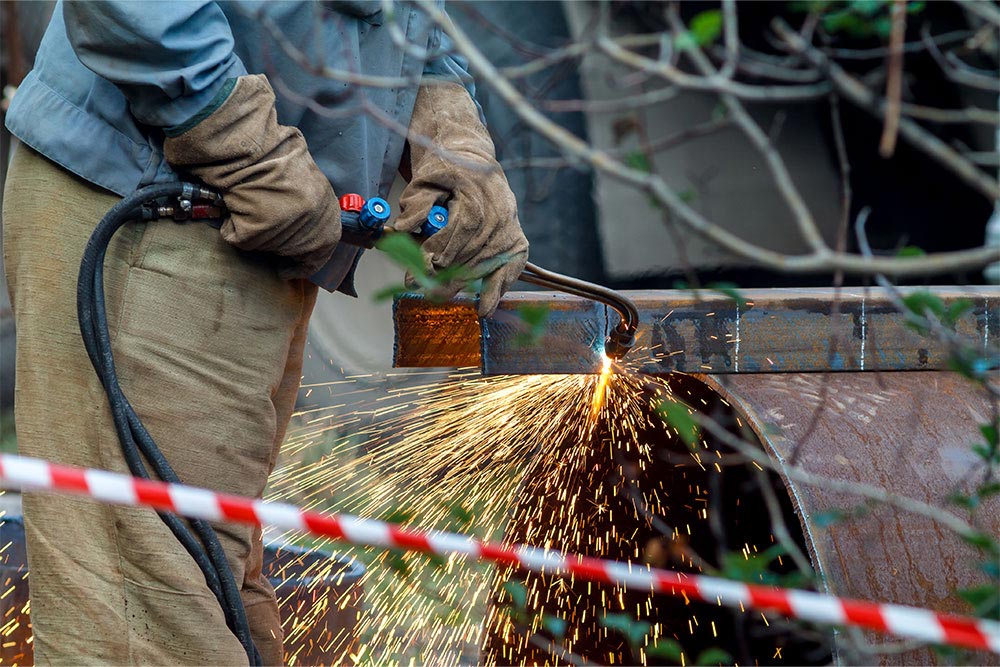
Another major cause of fire in the workplace is the misuse of equipment. Suppose any work equipment is not used as it was intended by the manufacturer. In that case, it carries an elevated risk of fire. equipment like oxyacetylene torches must always be used in accordance with best practices. Although they may seem ordinary, microwaves, coffeemakers and stoves can all cause fires if misused.
7. Placing Items Too Close to Heat Sources

As well as misusing equipment, placing work equipment or supplies too close to a heat source is a common cause of workplace fires. Care must be taken to not place items such as rags or flammable liquids like oil next to heat sources such as exhausts, open flames, welding equipment or even seemingly innocuous equipment such as dryers or washing machines.
8. Arson
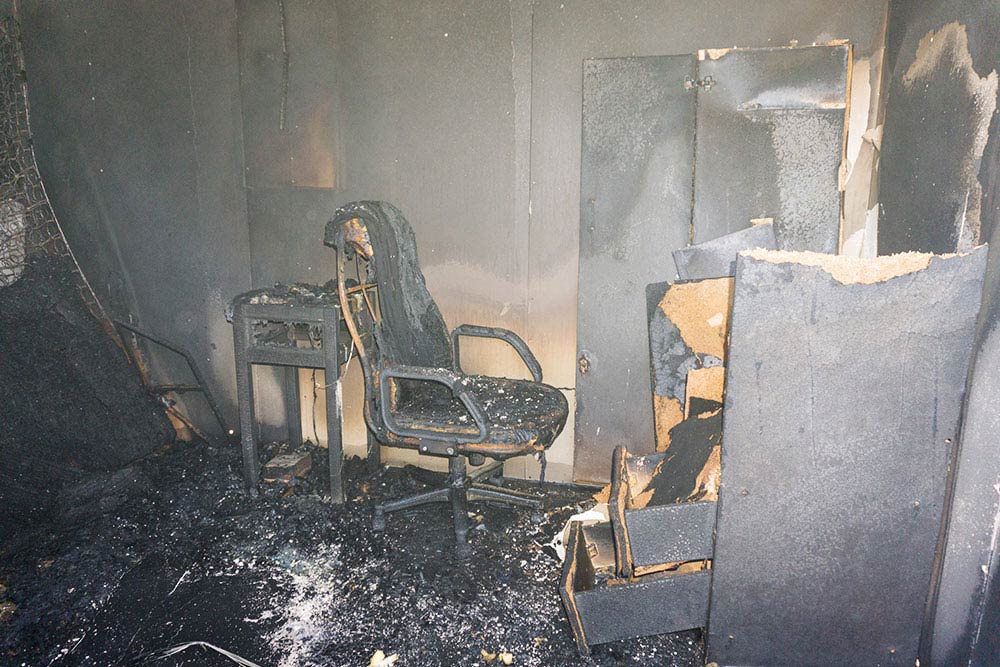
Deliberately lit fires are a significant cause of fires in domestic and non-domestic UK buildings. Up to 50% of fires in the UK resulted from arson, according to the most recent figures. While there is only so much that business owners can do to protect themselves from deliberate acts of arson, staying vigilant and ensuring that security precautions are in place will help to lower the risk.
9. Lack of Fire Protection Measures
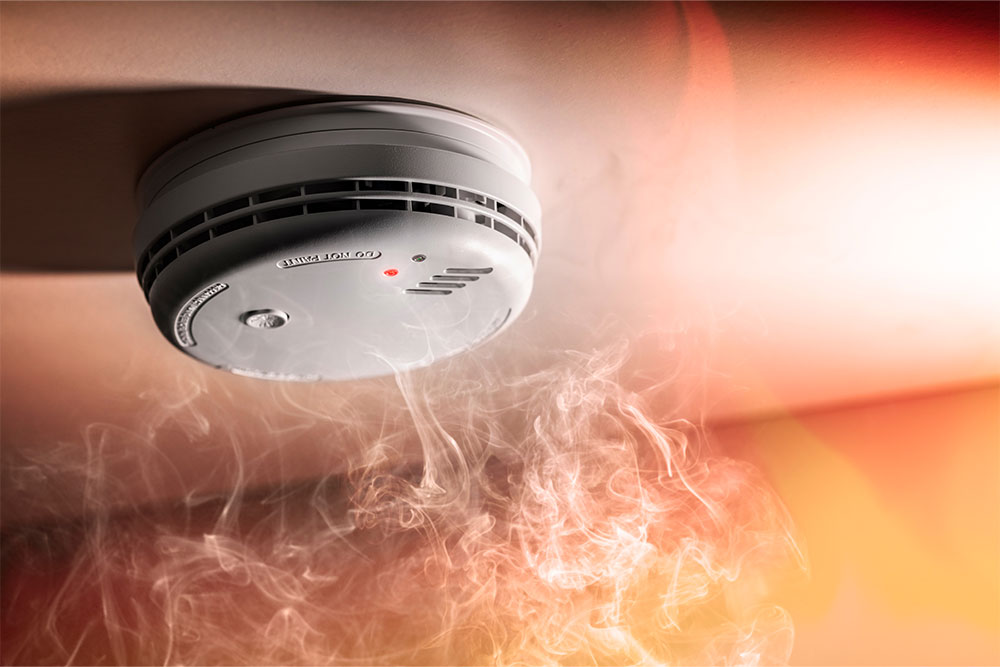
Many businesses fail to ensure adequate fire protection or take measures to ensure that their fire safety equipment is in good working order. Locked fire doors, malfunctioning smoke alarms, a lack of fire extinguishers, insufficient emergency signage and faulty sprinkler systems are all severe fire hazards.
10. Human Error
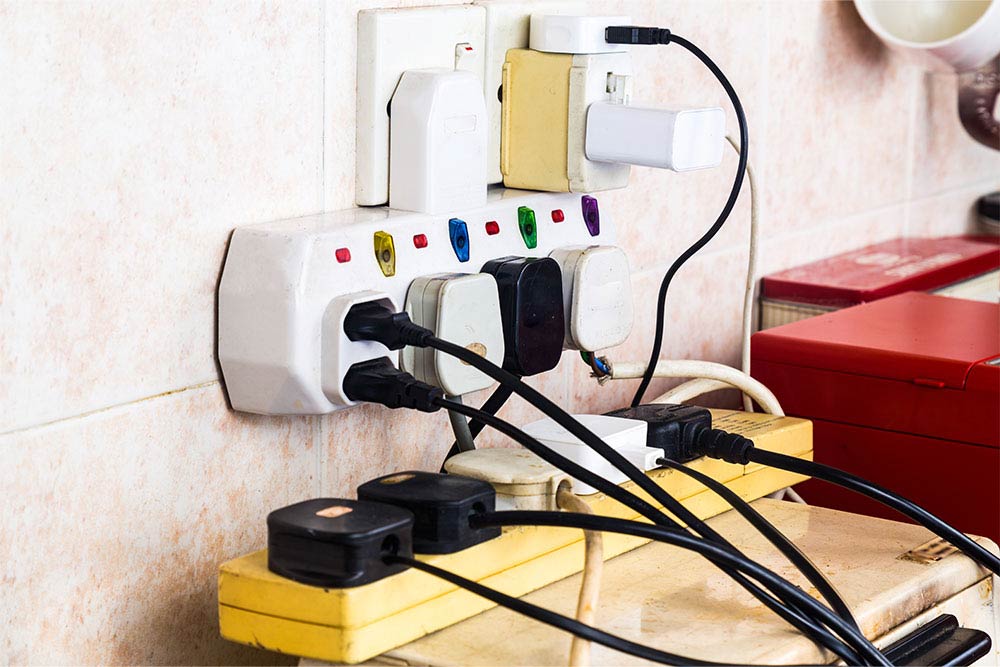
No matter how careful you are, there is always the risk of a mistake. Human error is still a significant cause of workplace fires. Leaving open flames or hot works unattended, overloading electrical outlets, spilling liquids, or not following safe systems of work are typical examples of human error.
How to Improve Fire Safety at Work
You can take steps to improve fire safety in the workplace. The most crucial step is ensuring regular fire risk assessments are completed according to HSE guidelines and RRO regulations. These risk assessments will identify potential fire hazards and help you develop measures to eliminate or control them.
As well as regular fire risk assessments, business owners should have measures in place to control the present risks.
Examples of ways to do this are to:
- Have all electrical appliances and equipment undergo personal appliance testing (PAT)
- Store and use flammable and combustible materials correctly per COSHH regulations
- Establish designated smoking areas with ashtrays for cigarette butts
- Instruct staff on how to use all work equipment safely
Crucially, all staff should receive fire safety training to recognise fire hazards and know what to do if a fire breaks out. As well as helping to keep your people and your business safe, fire safety training is also mandated by the RRO.
Where to Find Fire Safety Training Online
Although all business owners are legally required to provide their employees with fire safety training, many businesspeople neglect this responsibility. Tight work schedules and understaffing mean business owners and managers can’t spare time to have staff away from their duties.
Our Fire Awareness Training can be taken online. Participating in an online fire safety course allows you to complete training around your work schedule at your convenience.
This course teaches trainees how to identify fire hazards, perform risk assessments, understand the different fire types and know what to do if a fire breaks out. Providing your employees access to this course will reduce your fire risks, help keep your people safe, and ensure you comply with health and safety legislation.



























































































































































































































































































































































































































































































































































































































































































































































